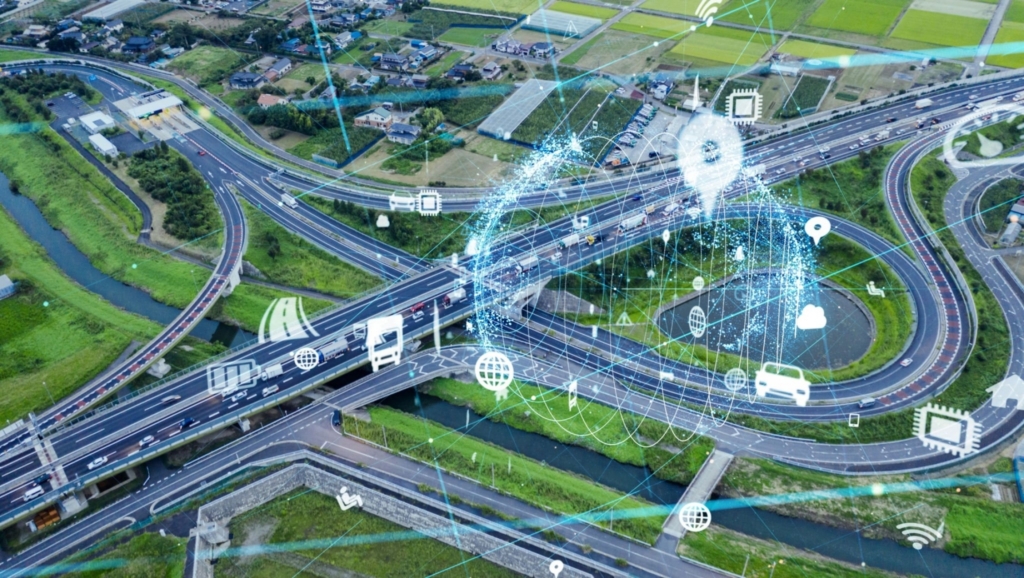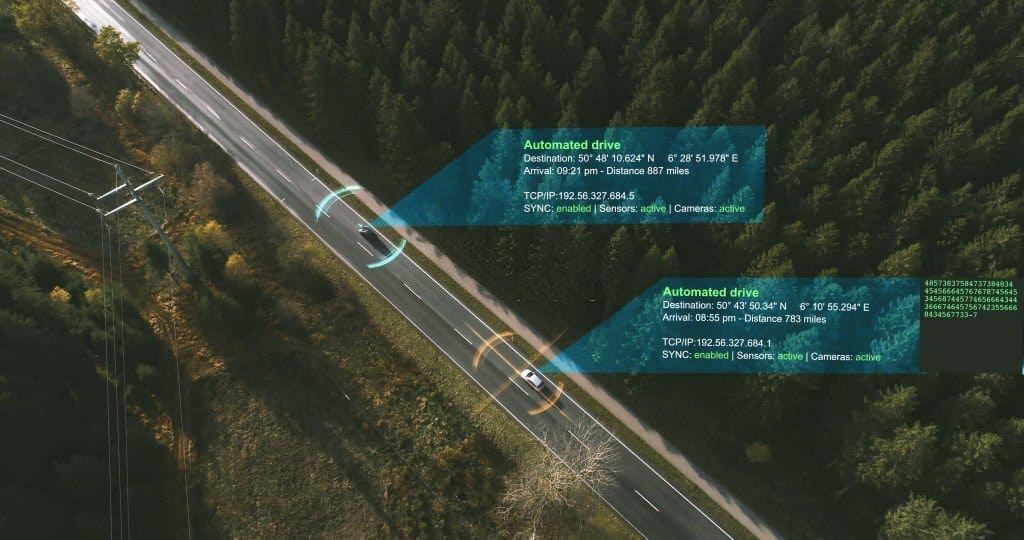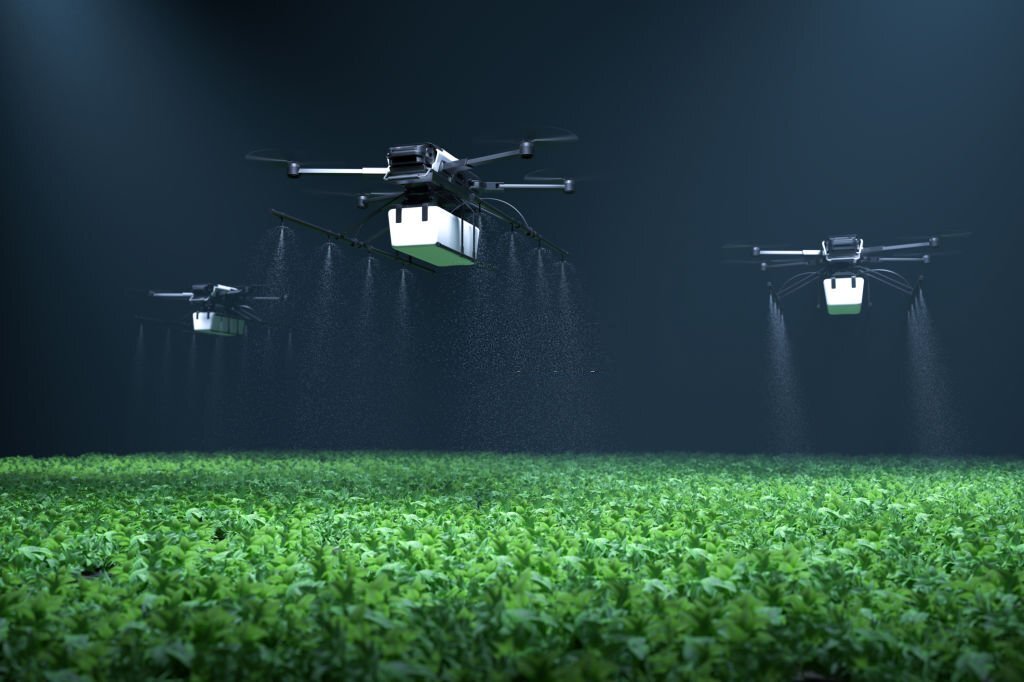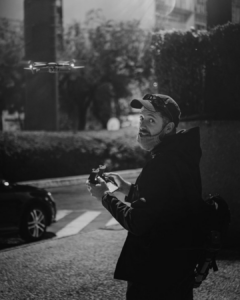The use of Machine Learning in Aerial Navigation
Machine Learning (ML) is a segment of artificial intelligence that allows machines to learn from data and improve their performance. Machine Learning is applied in drone technology to create algorithms that assist drones in making decisions and navigating independently. A drone integrated with Machine Learning algorithms, for example, can navigate complicated surroundings such as a congested metropolis by avoiding obstacles and navigating through limited locations.
Computer Vision for Autonomous Drones
Computer Vision (CV) is a field of artificial intelligence that enables computers to analyze and comprehend visual data from the current world. Computer Vision is used in drone technology to create algorithms that assist drones in navigating independently. A drone outfitted with Computer Vision algorithms, for example, can identify and track things in real-time, such as other drones or persons, allowing the drone to avoid collisions and fly securely.
Implementing AI in Drones: Best Practices and Challenges
Technology adoption in drones requires careful design and execution. Using high-quality sensors and cameras, integrating AI algorithms with current drone systems, and doing rigorous testing and simulations are some recommended practices. However, deploying AI in drones presents several challenges, including expensive development and hardware costs, limited processing capacity, and the difficulty of integrating AI algorithms with current drone systems. Companies must spend in order to overcome these problems.
Exploring the Real-World Impact of Artificial Intelligence in Drone Technology
These are some real-world applications of artificial intelligence in drone technology. Some of the most important are as follows:
- Drone Inspection Services: AI-powered drones check buildings such as pipelines, wind turbines, and bridges. They have sensors and cameras that collect data and detect possible risks or places that require repair. An AI-powered drone, for example, may identify defects in a wind turbine and transmit real-time data to the maintenance staff.
- Drone Emergency and Response Services: AI-powered drones are used in emergency response and disaster management to reach inaccessible areas quickly. For instance, they can survey the damage caused by natural disasters and provide real-time images and information to rescue teams. They can also be equipped with thermal cameras that detect heat sources and help locate survivors.
- Drone Search and Rescue: AI-powered drones can be used in search and rescue efforts to rapidly find missing people in distant or difficult-to-reach locations. They are outfitted with cameras, thermal imaging, and other sensors that can aid in the detection and location of missing people. A drone, for example, may be used to search for a missing hiker in mountainous terrain and provide rescue crews with real-time information.
If you are interested in the world of drones and want to start enjoying their benefits, what are you waiting for to have your own? Visit the DJI store and find the model for you, we support you in everything related to learning to fly from scratch, techniques and flight modes, as well as current legislation, what are you waiting for, contact us.
Conclusion: The Future of AI in Drone Technology
Finally, artificial intelligence in drone technology has the potential to transform aerial navigation by making it safer, more efficient, and cost-effective. With improvements in Machine Learning and Computer Vision, drones outfitted with AI algorithms can execute a variety of tasks with great precision, including as autonomous flight and obstacle avoidance. However, there are significant barriers to incorporating AI in drones, including the expensive cost of research and hardware, limited processing capacity, and the complexity of integrating several artificial intelligence systems.
Despite these obstacles, the future of artificial intelligence in drone technology is bright, and we may anticipate additional developments in this subject in the next few years. As artificial intelligence advances, it will play an increasingly important role in molding the future of drone technology and aerial navigation.
Don’t forget to visit our service offer and learn about the advantages of working with us.




